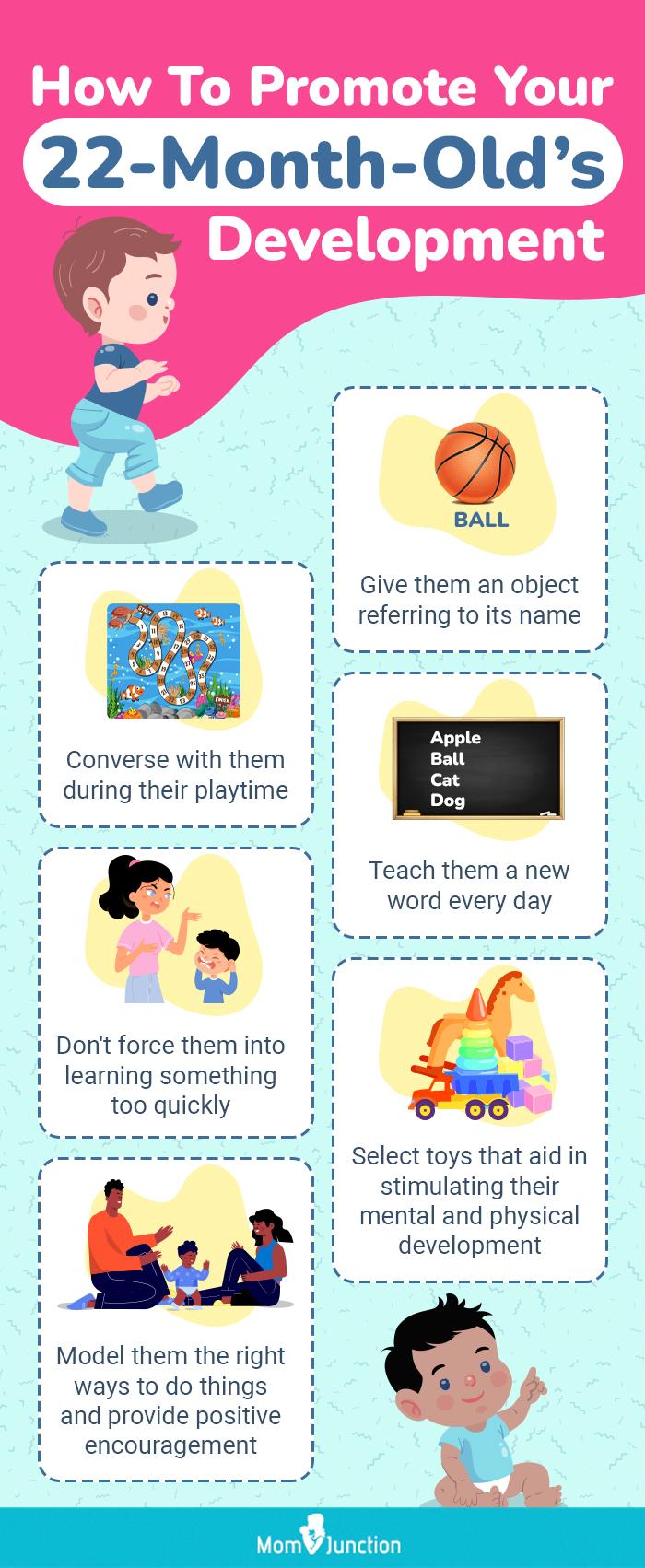Companion Charts: The Secret To Understanding Data
Data is all around us. We generate it every day, from the moment we wake up to the moment we go to sleep. But data is useless if we can't understand it. That's where companion charts come in.
Companion charts are two or more charts that are designed to be used together to tell a story about the data. They can be used to compare different data sets, to show trends over time, or to identify patterns.
The key to using companion charts effectively is to choose the right charts for the data you're trying to visualize. For example, if you're comparing two different data sets, you might use a bar chart or a line chart. If you're showing trends over time, you might use a line chart or an area chart. And if you're trying to identify patterns, you might use a scatter plot or a heat map.
Once you've chosen the right charts, you need to make sure they're properly formatted and labeled. The labels should be clear and concise, and they should be consistent across all of the charts. You also need to make sure the scales of the charts are aligned so that it's easy to compare the data.
Finally, you need to place the charts in a way that makes sense. The charts should be easy to read and understand, and they should flow from one to the next in a logical order.
When used effectively, companion charts can be a powerful tool for understanding data. They can help you to see patterns and trends that you might not have noticed otherwise. They can also help you to communicate your findings to others in a clear and concise way.
Here are some examples of how companion charts can be used:
- A marketing team might use companion charts to compare the performance of different marketing campaigns. They could use a bar chart to show the number of leads generated by each campaign, and a line chart to show the conversion rate of each campaign.
- A sales team might use companion charts to track the performance of their sales reps. They could use a bar chart to show the number of deals closed by each rep, and a line chart to show the average deal size closed by each rep.
- A financial analyst might use companion charts to track the performance of a company's stock price. They could use a bar chart to show the stock price over time, and a line chart to show the company's earnings per share over time.
Companion planting is a gardening technique that involves planting certain plants together to benefit each other. Some plants can help to deter pests, attract beneficial insects, or improve the soil quality for their neighbors.
If you're new to companion planting, or you're looking for a more comprehensive guide, I recommend visiting Gardenia Inspiration. This website has a wealth of information on companion planting, including a comprehensive chart that lists hundreds of different plants and their companion plants.
The chart is easy to use and understand. Simply find the plant you're interested in growing, and then look at the column labeled "Companion Plants." This column will list all of the plants that are beneficial to grow near your chosen plant.
For example, if you're growing tomatoes, you'll see that they have a number of beneficial companions, including beans, basil, and marigolds. Beans can help to fix nitrogen in the soil, basil can repel pests, and marigolds can attract beneficial insects.
Of course, there are also some plants that should not be planted together. These are listed in the column labeled "Incompatible Plants." For example, tomatoes should not be planted near potatoes, as they can both attract the same pests.
FAQ of companion chart
- What is a companion chart?
A companion chart is a visual aid that provides additional information or context to a main chart. It can be used to clarify data, highlight trends, or provide a more detailed explanation of the main chart. Companion charts can be created in a variety of ways, but they are typically presented in a table or graph format.
- What are the benefits of using a companion chart?
There are many benefits to using a companion chart. First, it can help to clarify data by providing additional information or context. For example, if you are creating a chart that shows sales data, you could use a companion chart to show the breakdown of sales by product or by region. This can help your audience to understand the data more easily and make better decisions.
Second, companion charts can help to highlight trends. For example, if you are creating a chart that shows sales data over time, you could use a companion chart to show the average sales for each month. This can help your audience to see how sales are trending and identify any potential problems.
Third, companion charts can provide a more detailed explanation of the main chart. For example, if you are creating a chart that shows the results of a survey, you could use a companion chart to show the full survey questions and answers. This can help your audience to understand the survey results more fully.
- How do I create a companion chart?
There are many ways to create a companion chart. The best way for you will depend on the type of data you are working with and the audience you are creating the chart for. If you are creating a simple companion chart, you can use a spreadsheet program like Microsoft Excel or Google Sheets. For more complex companion charts, you may need to use a data visualization software program like Tableau or QlikView.
- Where can I find examples of companion charts?
There are many examples of companion charts available online. You can find them on websites of businesses, government agencies, and educational institutions. You can also find them in books, magazines, and newspapers.
- What are some tips for creating effective companion charts?
Here are some tips for creating effective companion charts:
- Use a clear and concise title for your companion chart.
- Make sure your companion chart is easy to read and understand.
- Use consistent formatting throughout your companion chart.
- Use colors and graphics to highlight important information.
- Make sure your companion chart is relevant to the main chart.
Image of companion chart
- A color-coded companion chart that shows the different types of fruits and vegetables and their corresponding nutrients.

- A companion chart that shows the different stages of pregnancy and the corresponding baby development milestones.

- A companion chart that shows the different types of yoga poses and their benefits.

- A companion chart that shows the different types of personality tests and their descriptions.

- A companion chart that shows the different types of enneagram personality types and their characteristics.
Post a Comment for "Companion Charts: The Secret To Understanding Data"